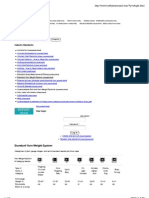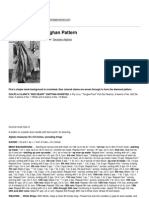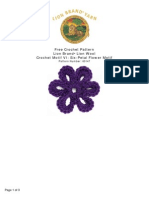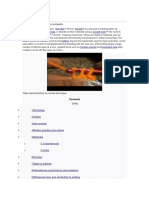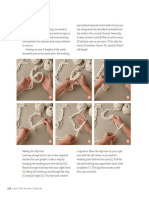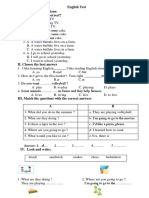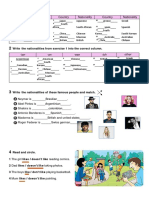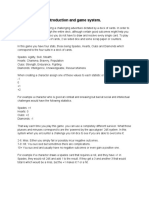0% found this document useful (0 votes)
478 views26 pagesKnitting: Learn The Basics
How to start mon and finish, basic stitches, etc.
Uploaded by
Fanny Chaud Ni FroidCopyright
© © All Rights Reserved
We take content rights seriously. If you suspect this is your content, claim it here.
Available Formats
Download as PDF, TXT or read online on Scribd
0% found this document useful (0 votes)
478 views26 pagesKnitting: Learn The Basics
How to start mon and finish, basic stitches, etc.
Uploaded by
Fanny Chaud Ni FroidCopyright
© © All Rights Reserved
We take content rights seriously. If you suspect this is your content, claim it here.
Available Formats
Download as PDF, TXT or read online on Scribd
/ 26





